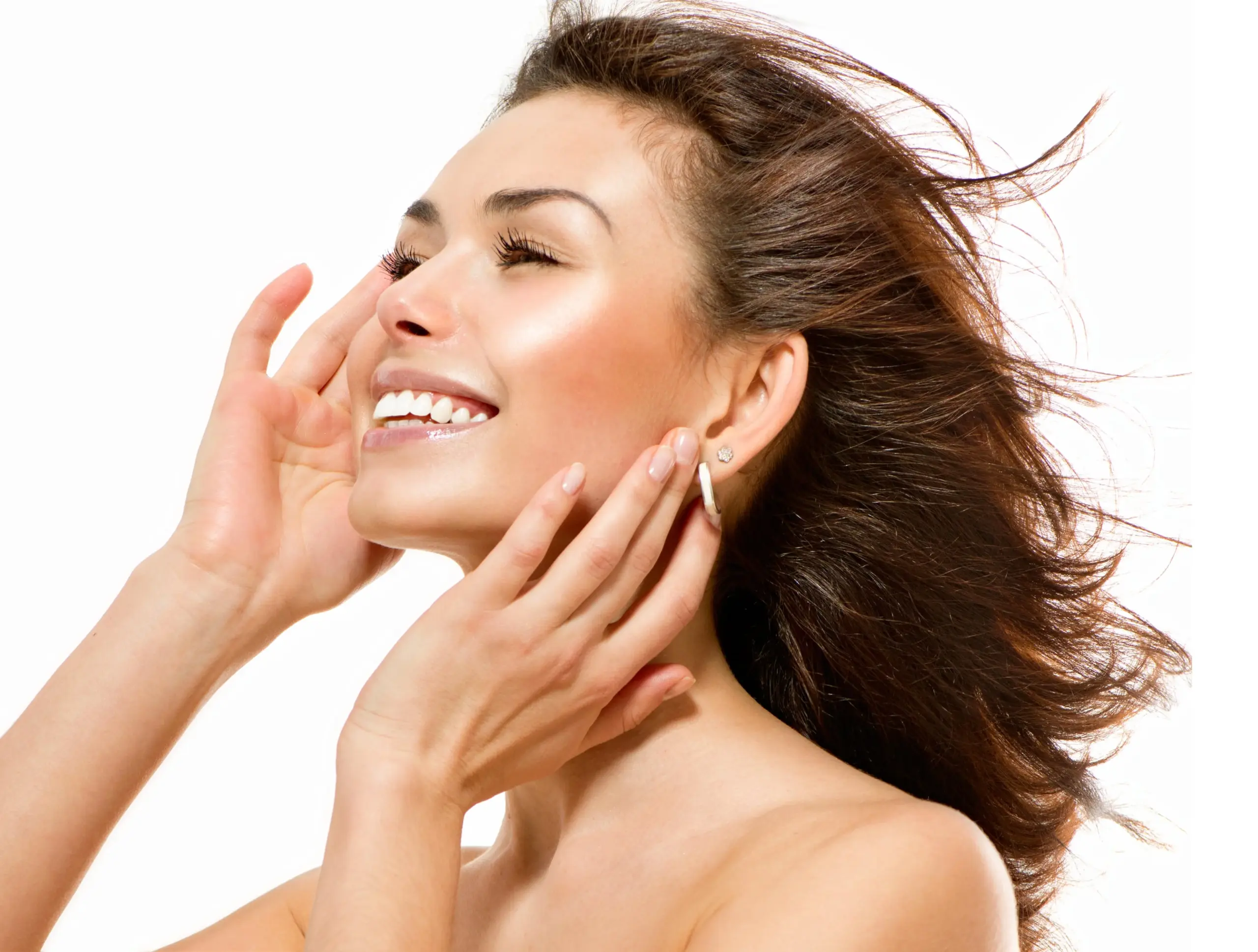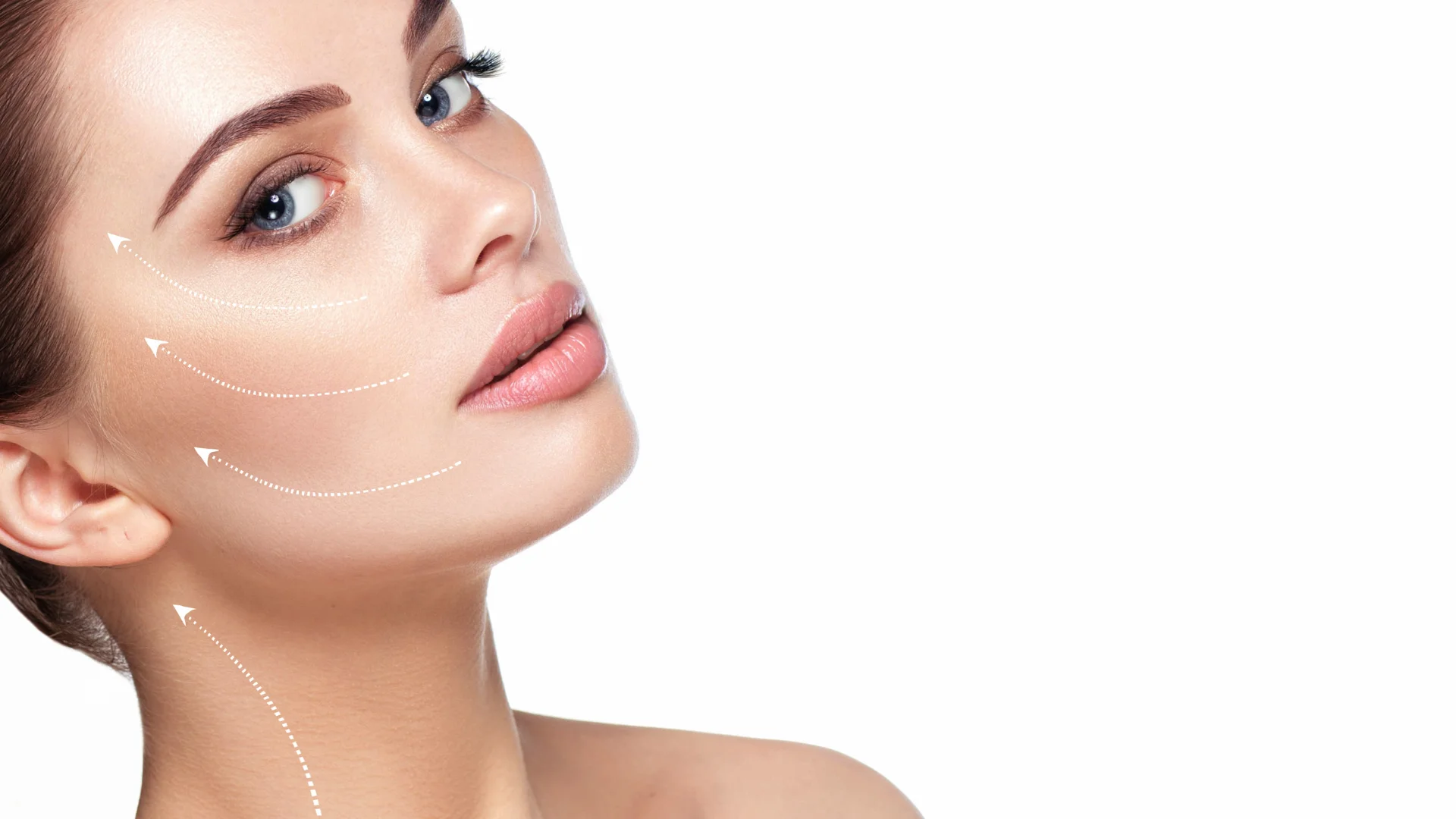
What Are Facial Aesthetics Treatments?

If you’ve ever wondered what facial aesthetics are, or if you’re thinking of getting some, this guide is for you. We’ll explain the different types of facial aesthetics treatments, how they work and which ones might be right for your skin type and needs.
Facial aesthetics is a broad term that covers a range of skin care treatments. These include:
There are many other types of facial aesthetics treatments available today. Some include microdermabrasion, laser treatment or radiofrequency treatment—all designed to help you look younger!
A dermal filler is a cosmetic treatment that uses hyaluronic acid to fill wrinkles and folds on the face. Dermal fillers are made from hyaluronic acid, a natural substance found in the human body. Hyaluronic acid is a polysaccharide (a long chain of sugar molecules) that can hold up to 1000 times its weight in water.
This ability makes it an ideal substance for softening facial lines as it acts like an elastic cushion between skin cells, giving them space to move around comfortably and reducing sagging or creasing over time.
The most common dermal fillers are hyaluronic acid (HA) fillers, calcium hydroxylapatite (CaHA), polymethylmethacrylate (PMMA), and collagen.
Hyaluronic acid (HA) fillers are derived from a natural component of skin called hyaluronan. HA is a viscous gel that becomes more fluid when injected into the skin and works as a shock absorber, supporting the structure of our facial tissue. There are several different forms of HA available for injection, including Restylane®, Juvederm®, Perlane® and Emervel®. Collagen can be used as a filler but it is not technically considered to be one because it does not act like other dermal fillers; instead it works to increase your body’s natural production of collagen over time as you age or if you have lost volume due to sun damage or injury.
The longevity of dermal fillers varies depending on the type of filler used, but on average, you can expect them to last between six and eighteen months. The longer a dermal filler lasts, the more expensive it is.
Dermal fillers are designed to be injectable and temporary. It’s important to note that each person’s body reacts differently to these treatments; some people will see results for longer than others. Your best bet is to talk with your doctor about how long you might expect your results to last before deciding if this treatment is right for you.
It depends on the area being treated. For example, injections in the cheeks or jawline are less likely to be painful than injections in the lower lip or chin.
Botox injections are a well-known method of treating wrinkles and fine lines on the face.
Botox is a neurotoxin that causes temporary muscle paralysis. This results in a reduction or complete disappearance of wrinkles and can last for up to 4 months. Botox is used primarily to treat frown lines between the eyebrows, crow’s feet around the eyes, as well as other facial wrinkles such as those caused by repetitive expression patterns like smiling or frowning. Botulinum toxin may also be used to treat neck wrinkles but this requires more injections than when treating your face because there are many muscles involved in this area.
You’ve probably heard of Botox and other dermal fillers being used to treat wrinkles, but these injections can be used for a variety of other purposes too. For instance, some people use them to:
So if you’re looking for an effective way to improve your appearance at any age or stage in life, ask your doctor about which treatment might work best for you! You might just find that Botox is exactly what you need.
How long does Botox last?
Botox can last for three to four months, but it also depends on your skin type and if you have other facial treatments performed. What’s more, you may need a touch-up after that time period because there are some factors that affect how long Botox lasts. These include the following:
As with any cosmetic treatment, it is best to consult with an expert like Dr. James Herbst to determine what would be best for your individual needs!
Botox is a muscle relaxant that is injected into the muscles, not the skin. This means that if botox is incorrectly placed in your face it can cause you to have a frozen smile or laughing expression. There are different types of Botox, some for wrinkle reduction and others for treating migraine headaches and excessive sweating. If you are considering using Botox treatments it’s important to find out which type will suit your needs best before making an appointment with a cosmetic doctor or aesthetician.
Facial aesthetics can be used to treat wrinkles. The most common non-invasive procedure is dermal fillers, which are injected into the skin to plump up fine lines or add volume to a sunken area. Botox, on the other hand, uses purified form of the toxin produced by Clostridium botulinum bacteria to temporarily paralyze muscles that cause wrinkles on your face.
Botox can be used to treat frown lines between the eyebrows (glabellar lines), crow’s feet at corners of eyes and forehead wrinkles (frown lines).
Facial aesthetics is a great way to look your best without having to resort to plastic surgery. Since it’s non-surgical, there are no invasive procedures involved and you don’t have to be hospitalized for recovery time. It can also save you a lot of money! If you’re looking for an affordable way to improve the appearance of wrinkles on your face, we recommend trying dermal fillers or Botox injections from our office today!